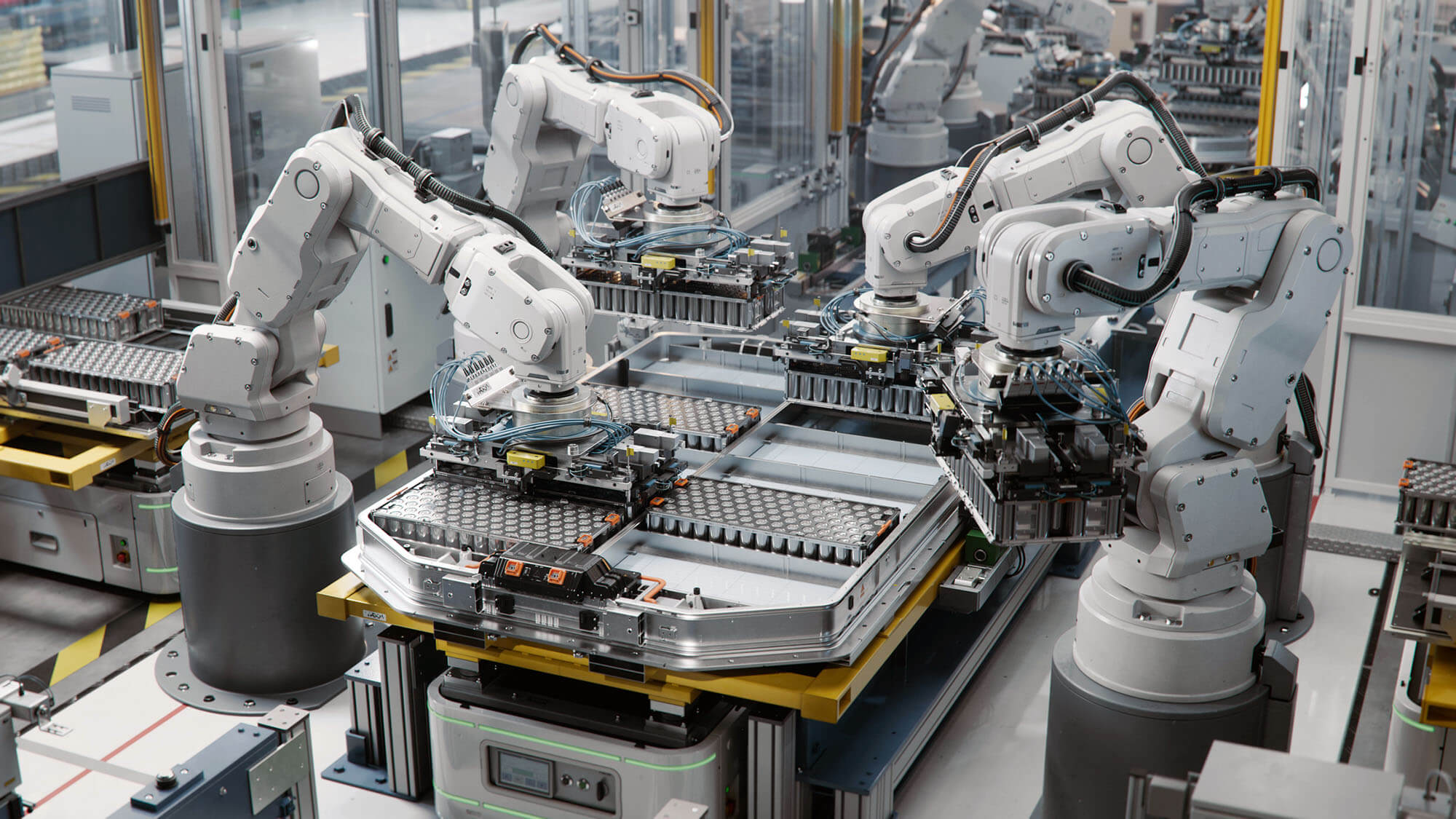The Role of Harmonized Standards and Common Specifications in the New Machinery Regulation

07 Aug 2025
Simplifying Compliance with Annex III of the NMR
As manufacturers prepare for the European Union’s New Machinery Regulation (NMR) (2023/1230) to take effect, they are facing a new set of expectations when it comes to demonstrating machinery safety and compliance. At the heart of this regulatory shift are the Essential Health and Safety Requirements (EHSRs), which define the safety benchmarks every machine must meet before entering the EU market. In response to this regulatory shift, manufacturers are turning to harmonized standards (hENs) and newly introduced common specifications, both powerful tools that simplify the conformity process and reduce the risk of non-compliance. In this blog, we explore why these frameworks matter, how they work under the NMR, and what manufacturers need to know to stay compliant and competitive.
Why do we use Standards and Common Specifications?
With the introduction of the NMR, manufacturers must demonstrate that their machinery complies with the EHSRs outlined in Annex III of the Regulation.
To meet these requirements, many manufacturers will rely on European Norms (hENs) or common specifications. This approach simplifies the conformity process and reduces the risk of non-compliance when compared to demonstrating conformity without using hENs or common specifications.
By using hENs and common specifications published in the EU Official Journal (EUOJ), and ensuring they cover all relevant EHSRs, manufacturers can confidently declare conformity with the NMR.
What are Common Specifications?
Common specifications are developed to fill gaps where no applicable hENs exist.
According to Article 20, subsection 3 of the NMR, common specifications may be implemented when no hENs cover the relevant EHSRs. However, once a standard is published that addresses those requirements, the corresponding common specification will be repealed. This means manufacturers using common specifications must stay up to date with changes published in the EUOJ. When a new hEN is added that covers the applicable EHSRs, the related common specification will no longer provide a presumption of conformity.
Example: Supervisory Function for Autonomous Machinery
EHSR 3.2.4, which introduces a requirement for a supervisory function in autonomous mobile machinery, is a new addition under the NMR.
For driverless industrial trucks, the current C-type standard is EN ISO 3691-4. While this standard supports conformity under the existing Machinery Directive, the 2023 version does not address the new supervisory function defined in the NMR. As a result, an update to the standard is needed to provide presumption of conformity for EHSR 3.2.4.
In the meantime, a common specification may be used to bridge this gap.
As discussed in a previous blog post about the challenges faced by technical committees in updating standards, it’s likely that common specifications will play a key role during the early transition to the NMR.
Protection Against Corruption and Cybersecurity
One of the most significant updates in the NMR is the inclusion of requirements related to:
- Protection against corruption (EHSR 1.1.9)
- Safety and reliability of control systems (EHSR 1.2.1)
NMR Article 20(9) clarifies that manufacturers may achieve presumption of conformity with these requirements if their equipment is certified, or has a statement of conformity, under a cybersecurity certification scheme adopted by the EU.
Although several standardization projects are underway (e.g., pEN 50742, which specifically addresses protection against corruption), manufacturers can also demonstrate compliance through mechanisms such as the Cyber Resilience Act.
Charting a Confident Course Through the NMR
The New Machinery Regulation marks a significant evolution in how machinery safety and compliance are approached across the EU. As manufacturers adapt to these changes, understanding the role of standards and common specifications becomes essential.
Standards remain the most straightforward path to demonstrating conformity with the Essential Health and Safety Requirements. However, where gaps exist, common specifications will provide a practical and reliable interim solution, especially during the early stages of the NMR’s implementation.
That’s why partnering with an experienced and accredited test laboratory can be your strategic advantage. A trusted lab like Intertek can help manufacturers assess conformity, interpret evolving requirements, and stay ahead of regulatory updates, ensuring a smoother, more confident transition to the NMR. Manufacturers can not only ensure compliance but also strengthen their position in a competitive and safety-conscious market.
Navigating the NMR may be complex, but with the right tools and awareness, manufacturers can move forward with clarity and confidence.

